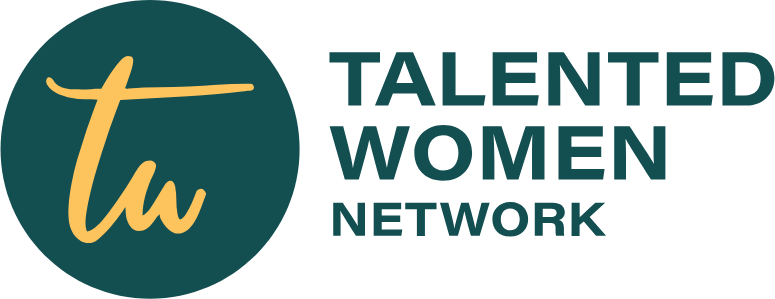In today’s hypercompetitive business landscape, companies can’t afford to overlook the subtle yet powerful influence of organizational structure on employee morale.
While strategy and innovation often dominate boardroom conversations, the framework that dictates how decisions are made, tasks are delegated, and communication flows can either empower or exhaust a workforce.
At its core, organizational structure defines how a company operates internally—and that design can shape employee experience just as strongly as compensation or culture. Whether hierarchical, flat, matrixed, or network-based, each model carries consequences for how valued, heard, and motivated employees feel.
Traditional hierarchical structures offer a clear chain of command—something many employees appreciate, especially in regulated industries.
Clarity in reporting lines can reduce ambiguity and enable efficient execution of tasks. However, this same clarity can evolve into rigidity. When decision-making is concentrated at the top, innovation can stall, and employee voice may be stifled.
Gallup’s research consistently shows that employees who feel their opinions don’t count are more likely to disengage.
In overly top-down systems, talented contributors may feel underutilized, leading to attrition or, worse, quiet quitting.
Flat Organizations: Autonomy or Ambiguity?
In contrast, flat structures often reflect startup cultures and agile environments. They empower employees with autonomy and faster decision-making capabilities. A sense of ownership tends to boost morale, foster creativity, and attract entrepreneurial talent.
However, without clearly defined roles or leadership accountability, employees can experience decision fatigue and role confusion.
A 2023 report by McKinsey & Company noted that while flexibility is increasingly desirable, lack of structure can result in burnout—especially when team boundaries are blurred and support is inconsistent.
The matrix structure—where employees report to multiple managers or project leads—aims to maximize agility and cross-functional collaboration.
In theory, it’s a morale booster: employees contribute to diverse projects, grow their skills, and expand their influence.
In practice, however, conflicting priorities and dual-reporting lines can create friction and stress.
Meanwhile, effective matrix models require strong leadership, open communication channels, and robust conflict resolution processes. Without those, employees may feel caught between competing loyalties, undermining trust and well-being.
As digital transformation redefines the modern workplace, many companies are exploring networked structures—flexible, decentralized, and built for collaboration. In these environments, employees are nodes of value in a connected system, often working across geographies and functions.
This model supports autonomy, innovation, and inclusivity. However, it also requires high emotional intelligence, digital fluency, and intentional culture-building efforts to avoid feelings of isolation or misalignment.
Structure as a Strategic Lever
Ultimately, no structure is inherently good or bad. The impact on morale depends on alignment—between structure, strategy, and culture.
Leaders must regularly assess whether the organizational framework still serves the people within it.
Are decision-makers accessible? Are teams empowered or micromanaged? Do employees understand how their work contributes to the broader mission? If the answers are unclear, morale is likely at risk.
Fortunately, progressive companies are beginning to treat structure not as a fixed blueprint but as a dynamic tool—restructured when needed to support evolving workforce needs.
Hybrid workforces, generational shifts, and emerging technologies all call for more fluid, people-centered organizational design.
In the war for talent, morale isn’t a soft metric—it’s a strategic advantage. And structure, though often overlooked, may be one of its most powerful drivers.

